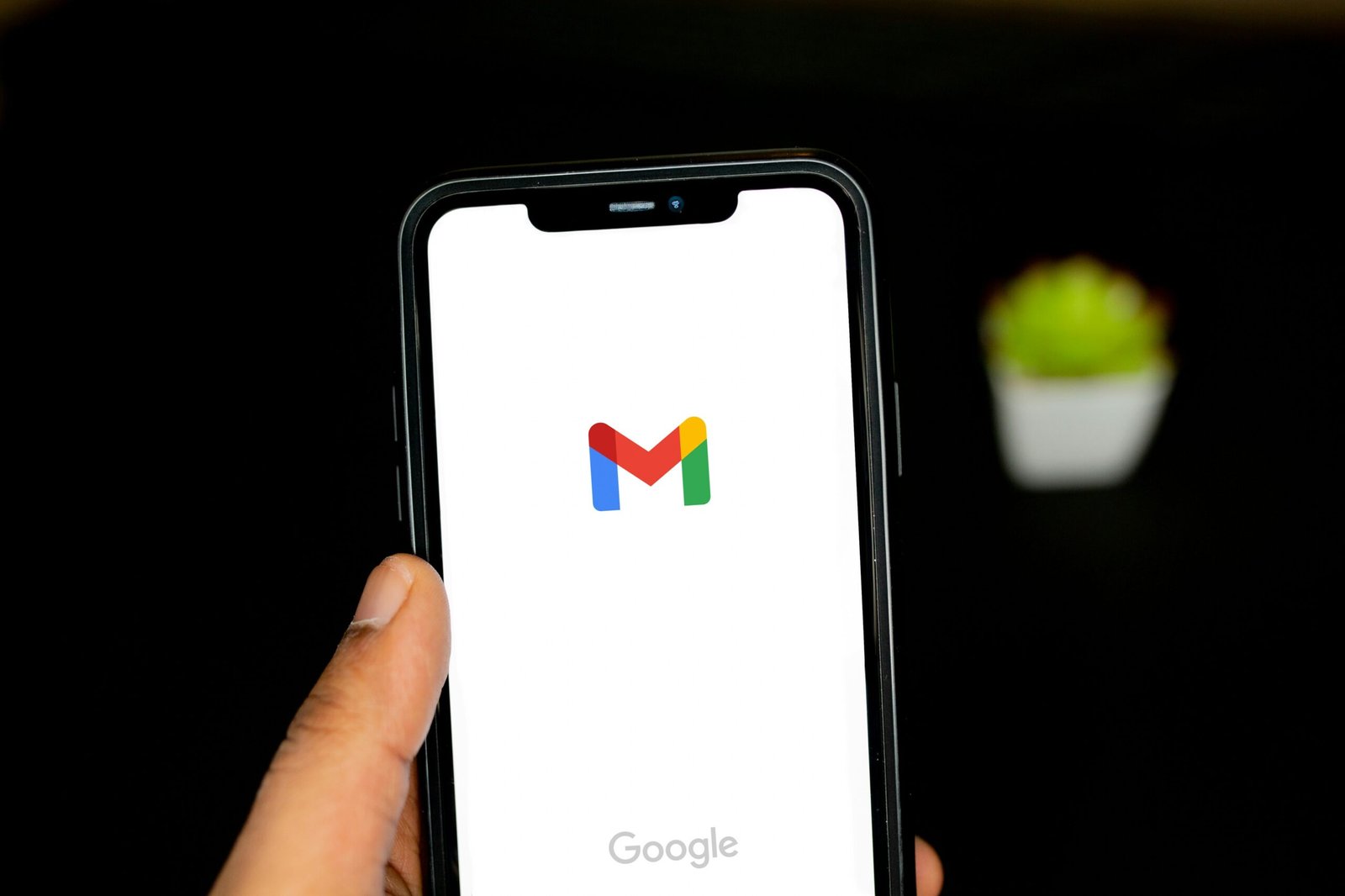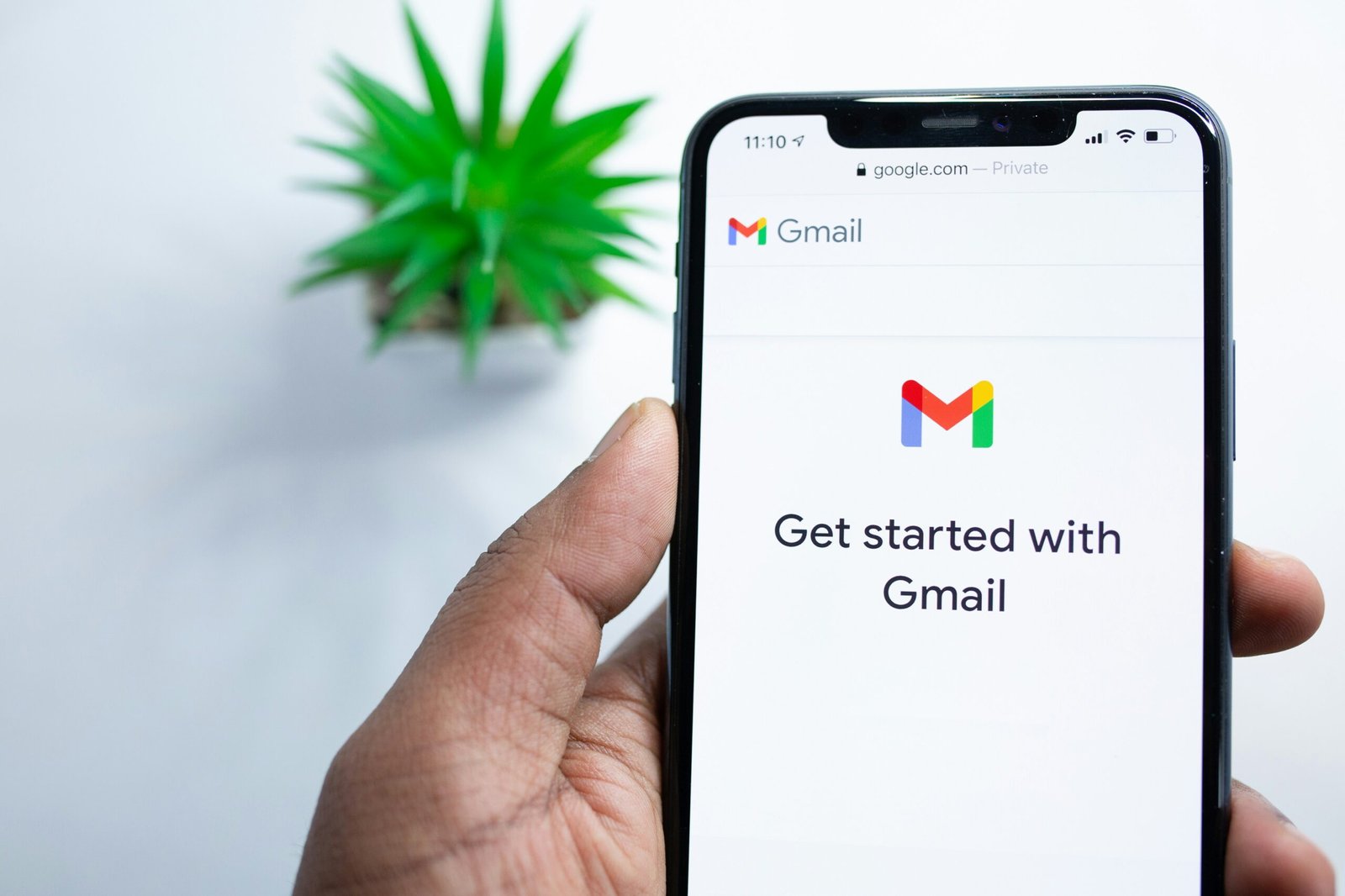Crafting Effective B2B E-Commerce Sales Emails: A Comprehensive Guide
Understanding Your Audience
In the realm of B2B e-commerce, comprehending your audience is paramount for crafting effective sales emails. The success of any email campaign significantly hinges on the ability to identify and engage key decision-makers within target companies. These individuals are often responsible for making purchasing decisions, and therefore, understanding their roles, responsibilities, and challenges is crucial in tailoring your message to enhance relevance and impact.
To effectively identify these decision-makers, research is essential. Begin by analyzing the company’s organizational structure, using resources such as LinkedIn or industry directories. Highlight positions such as Chief Financial Officer, Procurement Managers, or IT Directors, as these are typically involved in purchasing decisions. The goal is to create a list of potential contacts who are most likely to resonate with your offerings.
Once you have commissioned your target audience, it is imperative to delve into their pain points and challenges. Each decision-maker will have unique attributes that influence their requirements for products or services. Engage in active listening, whether through social media interactions, customer feedback, or industry discussions, to gather insights into their specific needs. This understanding allows you to draft emails that address these pain points directly, demonstrating an empathetic approach that fosters trust and credibility.
Segmenting your audience into distinct categories can further optimize email engagement. By grouping customers based on their industry, company size, or purchasing behavior, you can craft personalized messaging that speaks to their specific situations. Additionally, employing buyer personas can enhance this process, offering a more nuanced understanding of your audience and enabling targeted campaigns that drive engagement and conversion.
Crafting a Compelling Subject Line
The subject line serves as the first impression of your B2B e-commerce sales email. Crafting a compelling subject line is essential to ensure that your email not only grabs attention but also encourages the recipient to engage with its content. A successful subject line should be clear, concise, and relevant, providing a snapshot of what the recipient can expect from the email.
One effective strategy is to incorporate personalization. By including the recipient’s name or company in the subject line, you can create a more engaging experience that resonates with the individual. For example, a subject line like “John, Elevate Your Supply Chain Efficiency Today” immediately draws the recipient’s attention by addressing them directly and indicating a benefit specific to their needs.
Additionally, creating a sense of urgency can significantly enhance your subject line’s effectiveness. Phrases such as “Limited Time Offer” or “Act Now to Secure Your Discount” encourage recipients to open the email promptly, reducing the likelihood that they will forget or overlook the message. A subject line that conveys urgency not only stimulates curiosity but also prompts an immediate response, fostering a sense of importance and relevance.
For illustration, successful B2B e-commerce sales emails often feature subject lines such as “Unlock 20% Off Your Next Order—This Week Only!” or “Discover the Latest Solutions to Boost Your Business.” These examples are effective because they provide a clear benefit while stimulating curiosity. By carefully crafting your subject line with clarity, personalization, and urgency, you can significantly enhance the likelihood of your email being opened and read, thereby improving engagement and potential sales outcomes.
Structuring the Body of the Email
When crafting effective B2B e-commerce sales emails, the structure of the email body plays a crucial role in capturing recipients’ attention and conveying the intended message clearly. It is essential to maintain a friendly yet professional tone throughout the email, as this approach fosters a positive connection with potential clients. A cordial salutation can set the right mood, allowing the recipient to feel valued from the onset.
The utilization of bullet points serves as an effective strategy for enhancing readability. By breaking down information into concise, digestible segments, recipients can quickly grasp the key points of your email. This method not only improves clarity but also allows for the swift identification of benefits or essential features of your products and services. It is recommended to limit the use of bullet points to three to five items, keeping the content focused and manageable.
Another critical element of structuring the email is the presentation of a clear value proposition. It is vital to outline what differentiates your offering from competitors and how it can specifically benefit the recipient’s business. This aspect should be articulated early in the email to ensure it resonates with the reader and encourages further engagement.
Including a compelling call-to-action (CTA) is imperative in guiding recipients toward the next steps you wish them to take, whether it’s scheduling a meeting, viewing a product, or enrolling in a webinar. A well-placed CTA should appear toward the end of the email, ideally following the value proposition and any supporting details.
Lastly, ensure that your email concludes with a professional closing statement. This fosters a sense of formality and respect, reinforcing the professional relationship. Adhering to best practices regarding length and formatting, such as keeping emails concise (ideally between 150 to 200 words) and avoiding excessive complex formatting, will ensure your message is not only clear but also engaging for the reader.
Follow-Up Strategies
Effective follow-up strategies are crucial for enhancing the likelihood of converting leads into customers in the B2B e-commerce realm. The timing and frequency of follow-ups can significantly impact the response rates. Generally, the first follow-up should occur within 24 to 48 hours after the initial outreach. This demonstrates your eagerness to assist and keeps your offer fresh in the lead’s mind. Subsequent follow-ups can be spaced out between three to seven days, depending on the nature of the interaction and the lead’s engagement level. However, it is essential to monitor your outreach so as not to overwhelm potential clients.
Personalization is another vital technique that can elevate your follow-up strategy. Tailoring emails to specific leads by referencing their business needs or challenges shows you have done your homework, which often results in a higher conversion rate. Utilize data from previous interactions to address the lead’s unique concerns and suggest solutions tailored to their situation. A personalized approach fosters a connection and increases the client’s trust in your expertise.
Providing additional value in follow-up emails can also enhance engagement. Consider sharing relevant resources such as case studies, industry reports, or tips that align with the lead’s interests. These materials position your brand as a valuable resource, increasing the chances that the lead will view your offerings favorably.
To efficiently manage your follow-up efforts, leverage CRM tools. Such platforms allow tracking of engagement metrics, helping to identify which leads are active and which might need a more tailored approach. Monitoring opens, clicks, and responses enables you to adapt your strategies and focus on high-potential leads. By integrating these follow-up strategies into your B2B e-commerce email campaigns, you can maximize conversion opportunities, fostering lasting business relationships.







